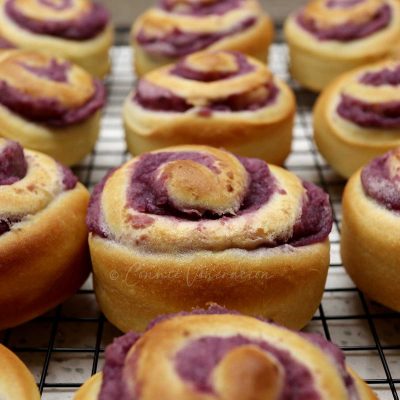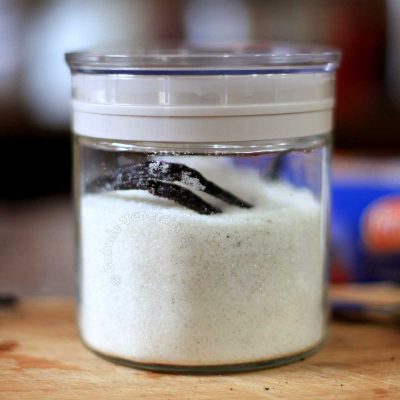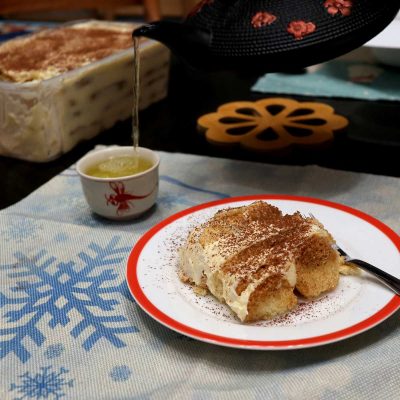Where didCoriandrum sativumoriginally come from?Iran, an author claims although others say the plant has been growing wild for millennia in Southern Europe and what used to be known as Asia Minor (today, the westernmost part of Turkey).
Is it cilantro or coriander?
Some say whether it is called coriander or cilantro depends on where you are in the world. Is that true or false? To some extent, it’s true. But there is a better explanation for the two names of the same plant.
In its vegetative stage, it is called cilantro (also the culinary term for the leaves). After the plant reaches the flowering stage, it is coriander. Coriander is also the culinary term for the dried fruits (popularly referred to as “seeds”) which are used as a spice.
What does cilantro / coriander taste like
Ground coriander seeds give off a citrusy and nutty smell and flavor. Opinions vary greatly as to the aroma and flavor of the leaves. I think it’s safe to say you either love cilantro or hate it. I am among those who love it. Absolutely love it! Others claim the leaves taste like soap — something that science explains as genetic.
Cilantro contains, aldehyde, a natural chemical compound which also happens to be a by-product of soap-making. People witholfactory-receptor genes called OR6A2pick up the smell of aldehyde. Ergo, for these people, cilantro smells soapy.
But that’s smell. What about the taste angle?Another studysays “three genes influence a person’s perception of cilantro. Two were linked with tasting bitter foods and one with pungent flavors, like wasabi.”
Is it easy to grow cilantro at home?
Yes, quite easy. Lightly pound the dried husks and soak in water overnight or up to two days. Soaking helps the seeds germinate better.

That’s what the dried fruits look like. Two seeds are encased in a husk. After soaking, drain, dry then plant in a pot or trough. Two to three seeds in a cluster with each cluster about an inch apart. Cover with a quarter inch of soil.
Position the pot or trough where it will get plenty of light. It is also important that the soil drains well. Water daily to keep the soil moist. DO NOT flood.
Note, however, that cilantro does not like too much heat. If you live in a tropical country like I do where summer heat can be intense, place your cilantro pots or troughs where they will catch the morning sun but stay in the shade for most of the day.

Will the cilantro just keep multiplying even if you harvest regularly? Well, yes and no. Generally, if you harvest the plant for the leaves, it will not self-propagate. If you want a steady supply of cilantro for home cooking, there are three ways to do it:
- Plant seeds every week or so.
- Leave some of the plants to reach maturity to allow them to form seeds which will fall directly to the soil and grow into new plants.
- If your cilantro starts to grow sideways (like ours in the photo above), there is a good chance that the stems touching the soil will eventually grow roots. In such a case, the cilantro becomes self-propagating.
All parts of cilantro are edible
In Southeast and South Asian cooking, the coriander seeds are often toasted before they are ground to a powder or paste. Ground coriander is an essential ingredient ofrendangandbiryani.
Theroots and stems are used as aromaticsand often sauteed with spices like shallots, garlic and garlic.
The flowers and leaves are eaten raw because heat dilutes their aroma and flavor tremendously. In fact, apart from the seeds, all other parts of the plant must be used shortly after harvest because they lose their potency fast.




